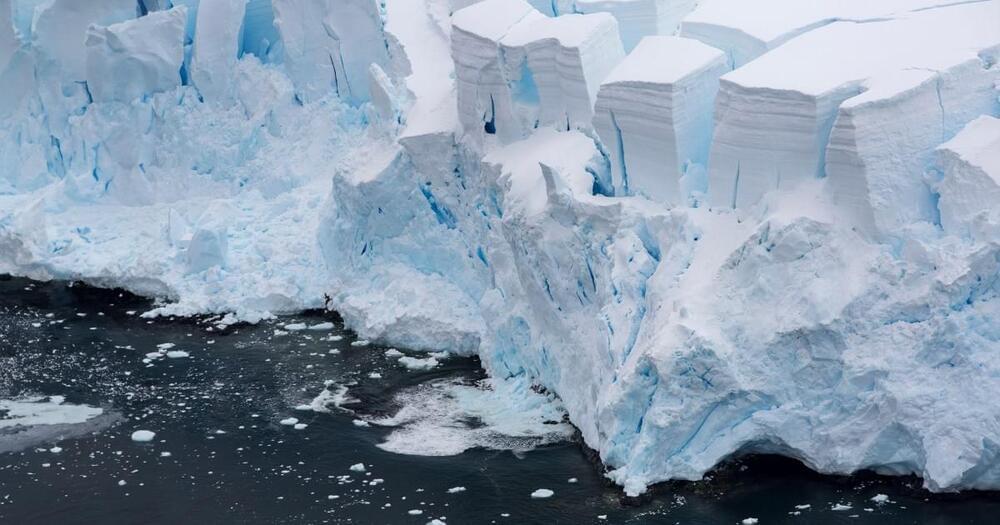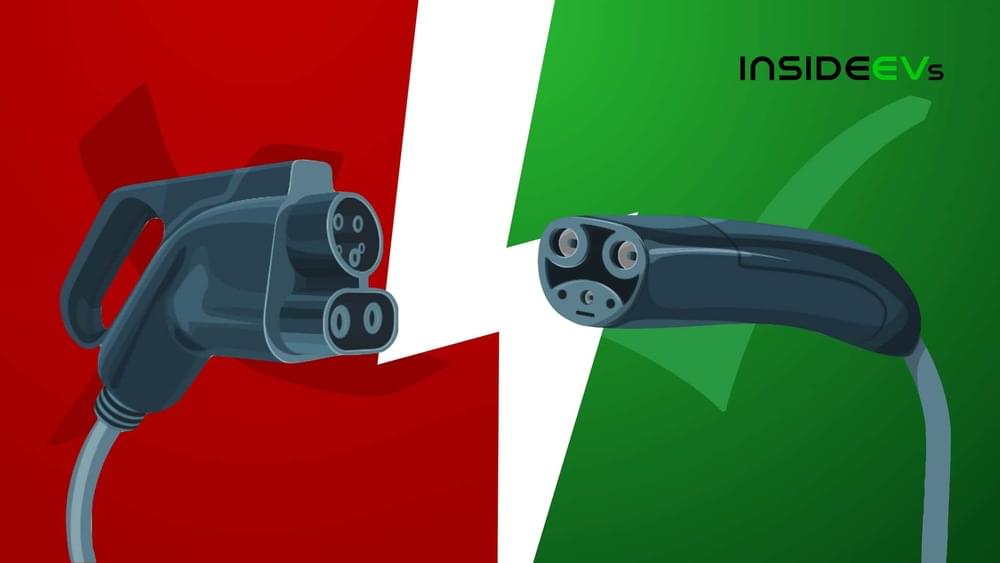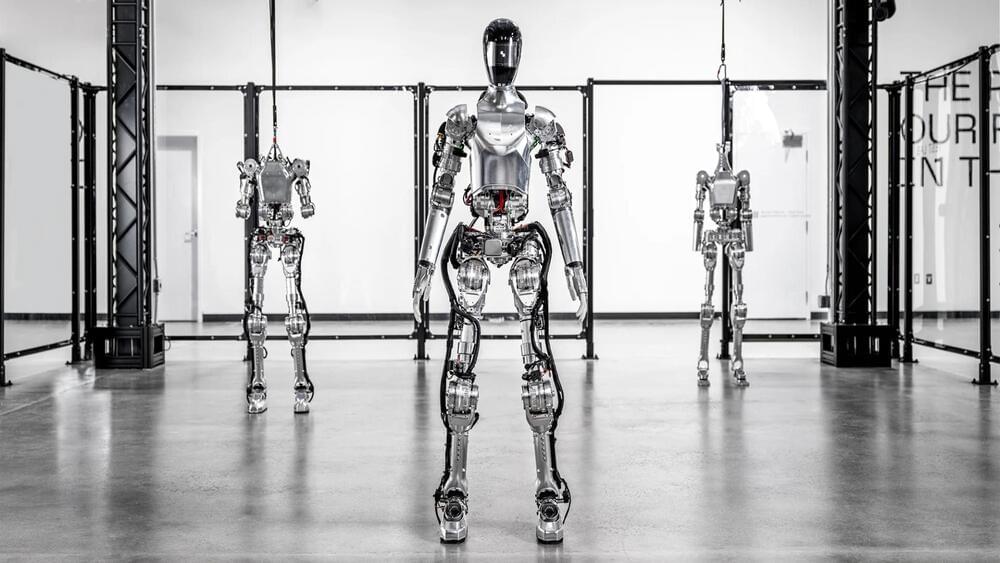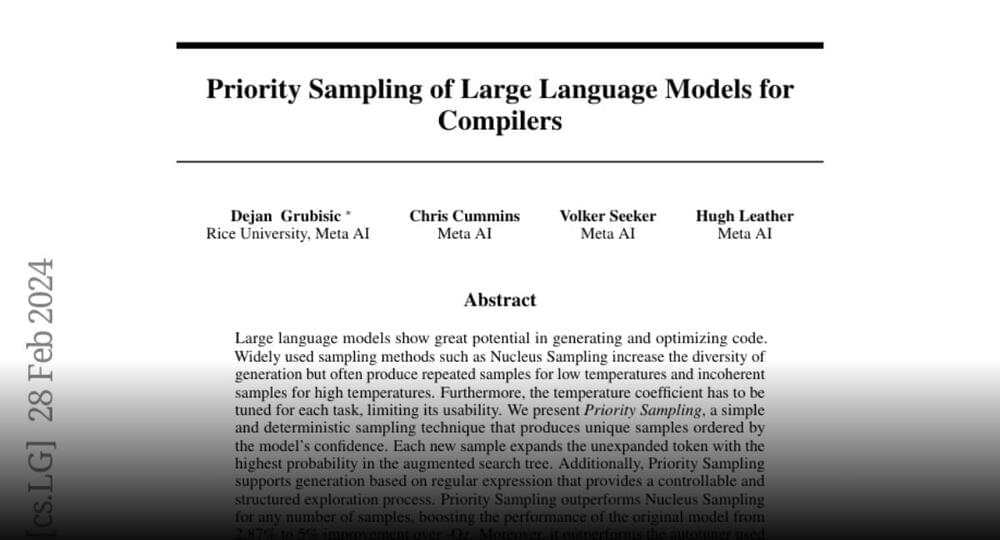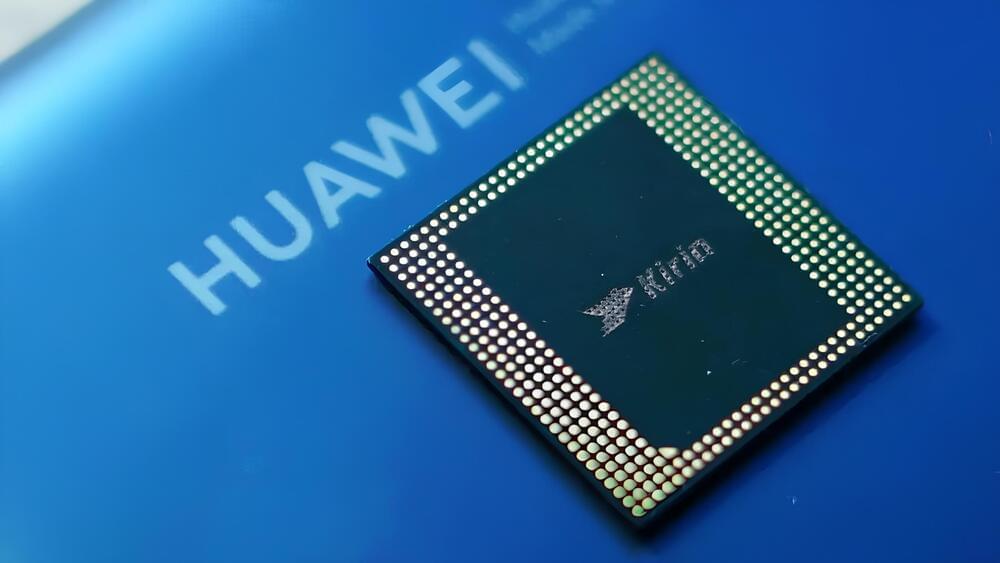Researchers have determined the amount of transverse orbital angular momentum that a type of optical vortex carries per photon, an important step for future applications.


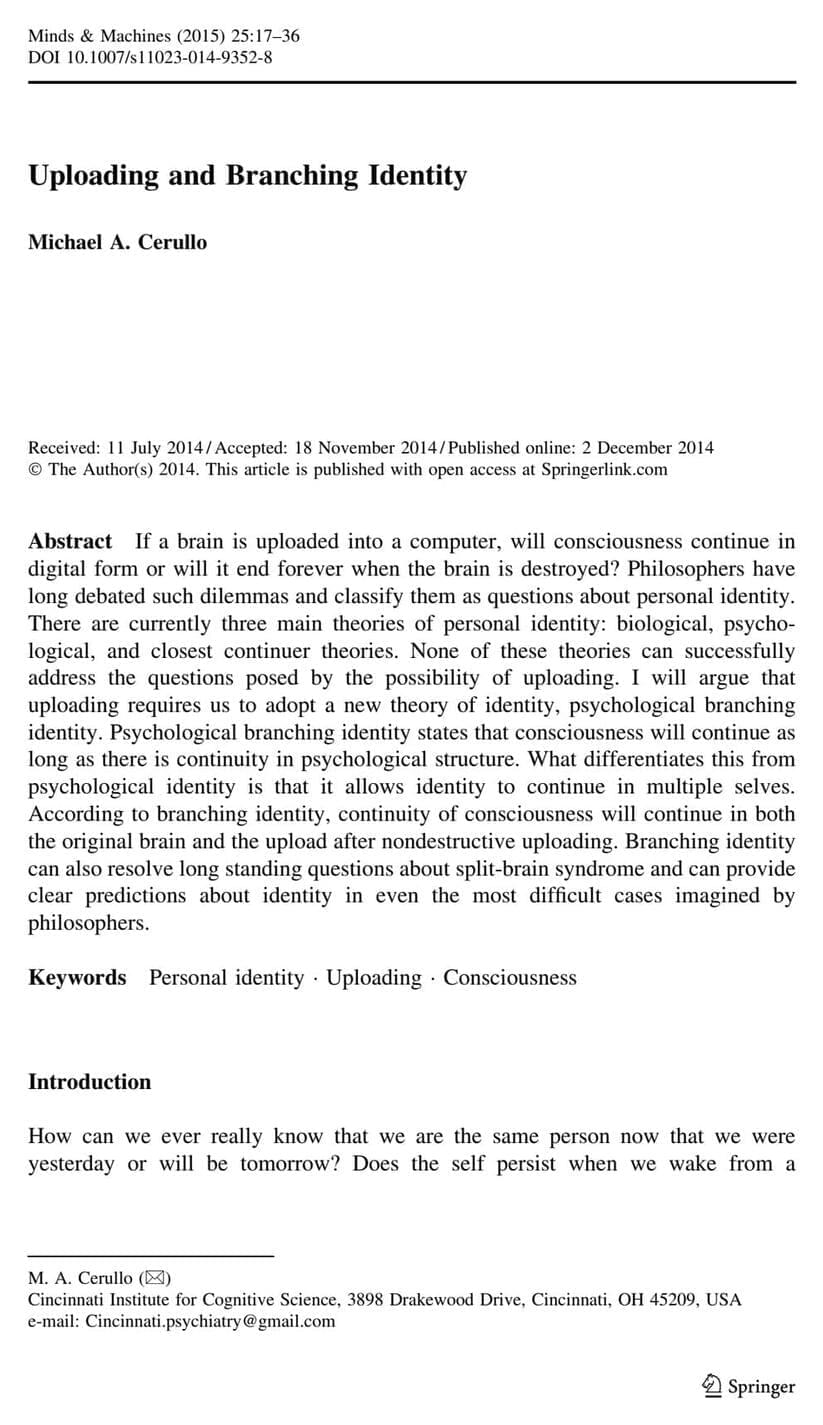
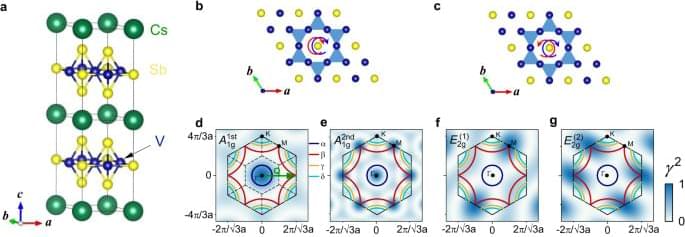
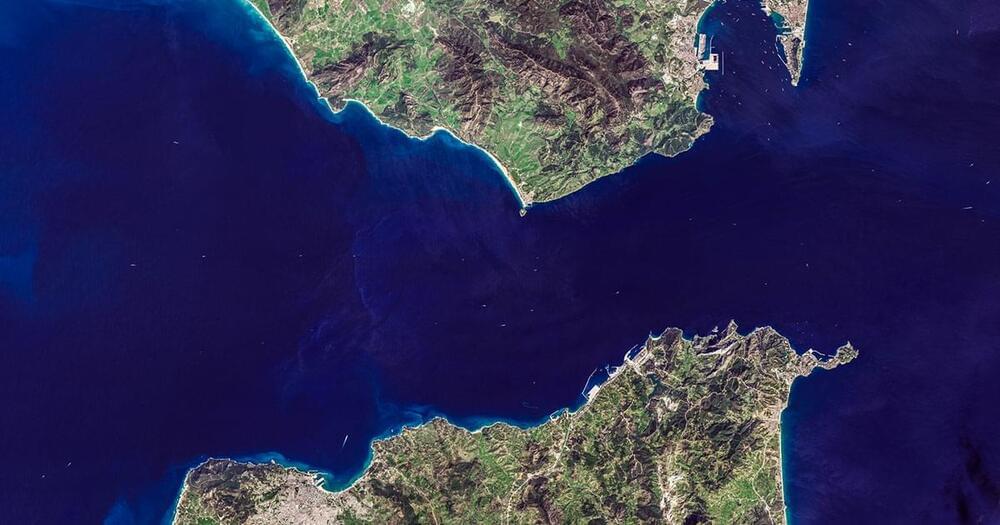
In 2010, scientists detected unusual seismic waves under Granada, Spain, which eventually led to a surprising finding: an oceanic slab that had completely flipped upside down as it was being pushed beneath its neighbor.
As detailed in a new paper published in the journal The Seismic Record, the team found that the “Alboran slab,” which meets the Eurasian slab just east of the Straits of Gibraltar, “has been overturned.”
It’s the first time such a discovery has been made, the researchers claim. And it’s due to “hydrous magnesium silicates,” roughly 370 miles beneath the surface, indicating that water on the slab’s surface had not only been pushed under, but had also been folded over and pulled beneath the slab as well.
